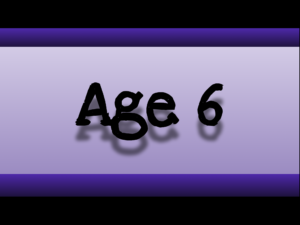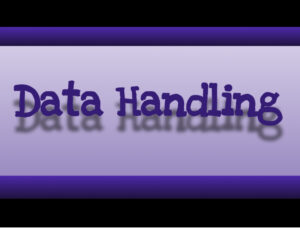Below you will find a list of activities that may be suitable for this age group. Please remember, however, that a child’s ability to engage with any activity will depend more on their prior experience and understanding than on their chronological age. Please, therefore, also browse the activities for adjacent age groups.
Sunrise and Sunset
Looking at the times across the year for sunrise and sunset provides a good context for revising 12 and 24 hour time, and for exploring the time difference caused by the change from (eg) Greenwich...
Multiplying and Dividing with Two-step Functions
This unit explores the idea that carrying out certain calculations mentally (eg doubling, halving, multiplying and dividing by ten) is relatively easy and that these operations can then be combined...
Degrees of Heat and Frost
Negative numbers can be a confusing topic for children if they are simply taught rules. The ‘two minuses make a plus’ rule is a classic one for causing confusion as it is often applied wrongly. ...
Latitude and Longitude
This exploration introduces pupils to a latitude and longitude data table and then gives them various challenges to consolidate their skills in finding information in a table, reading decimals...
Populations
Investigate the populations of towns or countries and learn how to work out how many more people live in one town than another and how many times bigger one town is compared with another....
Angles in Triangles and Quadrilaterals
Investigate the angles in different triangles and quadrilaterals and discover the facts about their totals.
Flights
An investigation into flight times for an aeroplane between different places. Covers map scales, averages, conversion tables and speeds.
Perimeter and Areas of Triangles and Quadrilaterals
You may be able to calculate the perimeters and areas of a rectangle and a triangle, but can you explain why the formulas work? Build on this to explore other quadrilaterals: rhombus, kite,...
How Far is it Round the World?
Create a table relating distances on a globe to distances in real life and then use this to calculate distances between places around the world. Covers concepts in measurement, averaging to minimise...
Maps and Scales
Find real life distances from measured distances on a map. Learn practical measurement skills for straight or curved distances. Practise estimating, finding averages and using conversion tables to...































